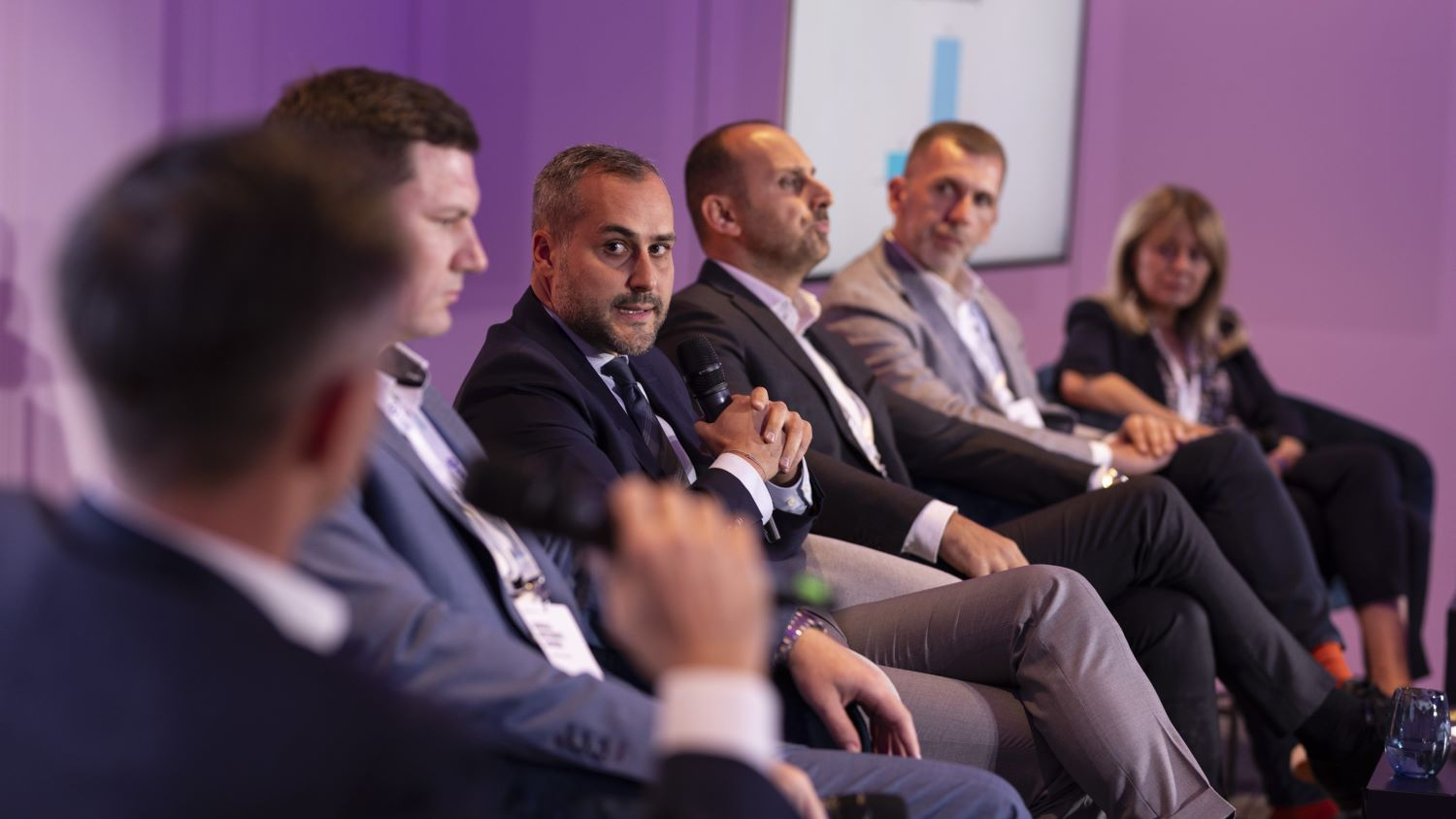
SEE is still a land of opportunities but things go too slowly. The size of a single country is too small for international institutional investors who prefer to buy large portfolios rather than individual assets. However, sizeable local players were optimistic about the change in foreign investors’ attitudes at the panel devoted to the investment market in this region at CEE Property Forum 2023 in Vienna.
The chair of this panel Tim Wilkinson MRICS, Head of European Acquisitions, Indotek Group did not hesitate to start with the most important question: What is the most annoying factor which hampers investments in SEE? Not surprisingly the answer was unanimous from the participants: the lack of liquidity.
According to Uroš Grujić MRICS, Senior Director, Head of Investment Properties SEE, CBRE there should be more liquidity in the medium term but size matters very much in transactions. „We do not see large portfolios but some countries can offer individual assets of good quality. We witness yield compression in the West which is not present in SEE. Therefore some assets remain attractive here.”
Matevž Menčak, Head Of Real Estate Funds, Generali Investments Slovenia agreed with him but pointed out that the ESG topic will hit SEE very hard as the related costs have increased rapidly, those were up at least 20-30 % compared to the previous year. „There will be huge problems to replace major tenants going out from a building not meeting ESG requirements. Cash flow will not be guaranteed and banks will step in," he warned.
He also mentioned that deals are negotiated for too long. Retail parks are usually sold within 3-4 months which is good but in the case of an office building it takes at least 6-7 months to come to a conclusion and hotels would take up to a year which makes deals very shaky. The market is concentrated solely in Ljubljana, even Maribor, the second city in Slovenia doesn’t see any major deal and this will not be changed for a while.
Miloš Grdinić MRICS, Director of Development and Asset Management, Delta Real Estate represented the optimistic approach. He said that certainty is bothering most of the investors and developers. However, in the case of Serbia, the latest steps towards EU membership give hope that things will change more quickly than earlier expected. „We need to increase awareness to improve our image as a country and as a region to make our markets attractive for Western investors," he added.
Then the chair put his second question: Would any of the participants invest in the SEE region in the short run? Mirta Ceranac Poljak, Managing Director, Croatia, M7 Real Estate took the floor and said straight: „It is obvious that solid investors would opt for the EU but if the yield is 200 bps above the average EU-level then some might consider putting money in prime assets in our region.”
Participants went on to discuss whether major players from CEE are interested in putting money into assets located in SEE. They were unanimous about which countries will be more active, citing Hungary and the Czech Republic. They confirmed that Hungarian investors have a leading position and West European capital is also accelerating especially in Croatia which introduced the euro in January this year and joined Schengen – both steps make any investment deal easier.
Bojan Jevremović, Leasing Director of the Office Portfolio at MPC Properties emphasized the importance of international business tourism which may accelerate infrastructural investments. ”The hotel sector is booming in Croatia, Germans and Hungarian poured money buying existing assets and international hotel chains have already started to expand all along the Adriatic sea, including Albania," he said, adding that NPL-s are to increase in Greece which makes investors turn to other countries in the Balkans and that creates very good opportunities.
According to Mr Jevremović, investors may come from other continents and named South African NAPI which already had made several big investments in Europe. He also mentioned South America from where local investors would run into a safe harbour in Europe.



